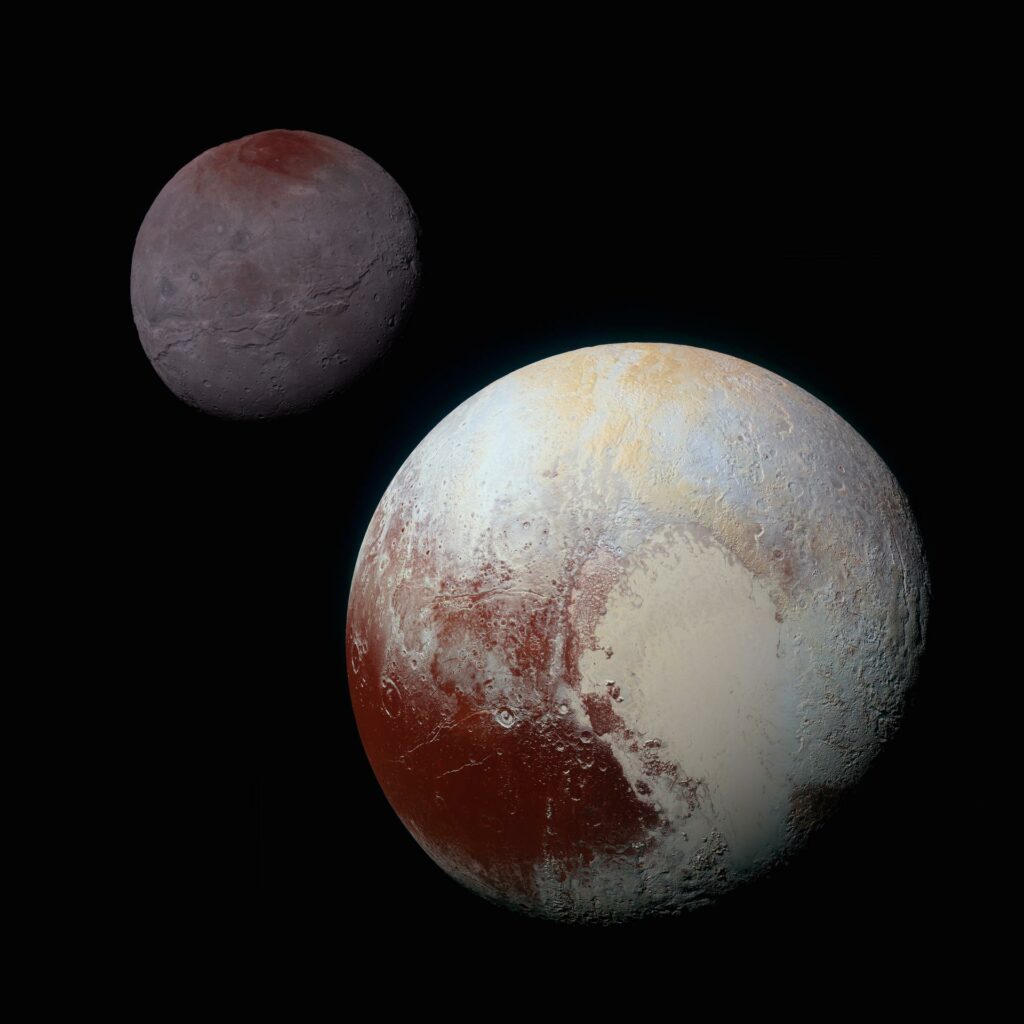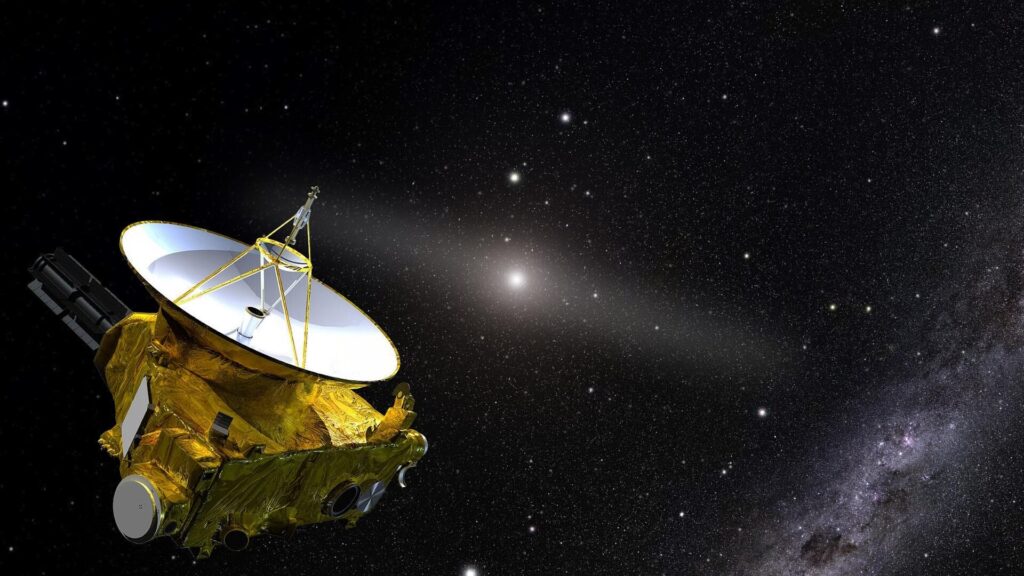NASA management has approved a new extension of the New Horizons mission. This will allow the Earth messenger to continue studying the boundaries of the Solar System, as well as to conduct remote observations of trans-Neptunian objects.
Chronology of the New Horizons Mission
The New Horizons probe was launched in 2006. The main purpose of the mission was to study Pluto and Charon from a flight path. On the way to its goal, the spacecraft performed a gravitational maneuver in the vicinity of Jupiter, and also made observations of the asteroid 132524 APL.

In the summer of 2015, New Horizons performed a flight of Pluto and Charon. The information it collected radically changed the scientific community’s ideas about these scientific bodies, demonstrating that, at least, Pluto is still a geologically active world, under the surface of which an entire ocean can hide.
After Pluto, New Horizons continued its journey deep into the Kuiper Belt. In 2019, it performed a flyby of Arrokoth (486958 Arrokoth) — the most “primitive” celestial body ever studied by a spacecraft from a close distance. New Horizons also conducted remote observations of other Kuiper Belt objects and was engaged in performing other scientific tasks. For example, the probe photographed Proxima Centauri and measured the background glow of the Universe.
Current position and Future of New Horizons
As of April 2022, New Horizons has moved 53 au away from the Sun. The probe has almost passed the Kuiper belt, and the chances that an object accessible for close-range study will meet on its trajectory are minimal.

At the same time, due to its position, New Horizons still has unique capabilities for conducting observations of remote trans-Neptunian objects and monitoring space weather. And after the Voyager probes stop communicating (this will happen in a few years), it will remain the only operating spacecraft on the outer limits of the Solar System. The extension of the mission will provide an opportunity to collect a lot of valuable data from this little-studied region. It is also possible that New Horizons will make a “remake” of the famous Pale Blue Dot image.
New Horizons receives energy from a radioisotope thermoelectric generator (RTG). At the time of the station’s launch, it generated about 250 watts. However, as plutonium-238 decays and the thermocouple gradually degrades, its power gradually decreases. By the time of the flight of the Arrokoth, the New Horizons RTG was giving out about 190 watts. By 2032, this figure will decrease to 150 watts — the minimum value at which it will be possible to maintain radio contact with New Horizons. However, it is possible that the mission specialists will take advantage of Voyager’s experience and will be able to turn off some onboard equipment, which will extend its service life for several more years.
According to https://www.nasa.gov

